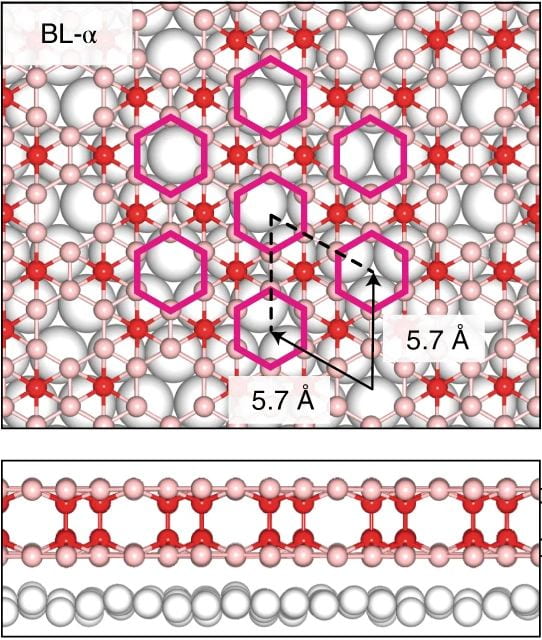Rice theories, Northwestern experiments combine to produce exotic material
 If one layer of borophene is good, will two be better? Scientists at Rice University and Northwestern University hope so, because they’ve now made the elusive material.
If one layer of borophene is good, will two be better? Scientists at Rice University and Northwestern University hope so, because they’ve now made the elusive material.
Borophene is a one-atom-thick material made of boron atoms, which mostly fall together in neat triangles when grown in a furnace on a proper substrate. Its high strength and excellent conductivity make it a good candidate for use in quantum electronics, energy storage and sensors.
Unlike graphene, which can be exfoliated from bulk graphite, borophene can only be synthesized. And until now, it was only possible to make it in a single layer.
But the theory group at Rice led by Boris Yakobson and experimentalists at Northwestern led by Mark Hersam have given borophene a second deck. Their success at making bilayer borophene is detailed in Nature Materials.
“This is a significant step up, because it should enhance the coveted properties of 2D borophene as well as bring about new ones,” said Yakobson, a materials physicist at Rice’s Brown School of Engineering whose lab designed and performed simulations to guide the experiments.
– See more at Rice News


